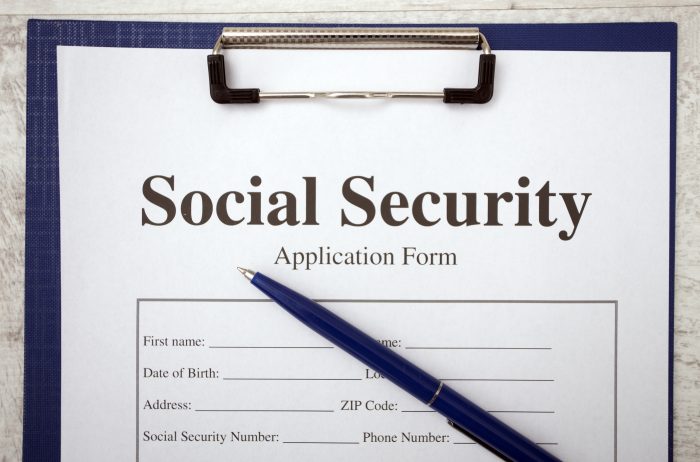Social Security special minimum benefit program - Bankrate

Social Security special minimum benefit program is a special minimum primary insurance amount (PIA) enacted in 1972 to provide adequate benefits to long-term low earners. For individuals with a long history of low earnings, the special minimum benefit could be higher than their Social Security retirement benefits. In 2019, only about 32,000 beneficiaries relied on the special minimum benefit and as wages increase, Social Security predicts fewer and fewer individuals will qualify for this benefit in the future. Rachel Christian details the special minimum benefit program, explaining its purpose, eligibility requirements, and how it compares to the standard Social Security retirement benefit. Read Ms. Christian’s article here…
Notice: The link provided above connects readers to the full content of the posted article. The URL (internet address) for this link is valid on the posted date; socialsecurityreport.org cannot guarantee the duration of the link’s validity. Also, the opinions expressed in these postings are the viewpoints of the original source and are not explicitly endorsed by AMAC, Inc.; the AMAC Foundation, Inc.; or socialsecurityreport.org.
